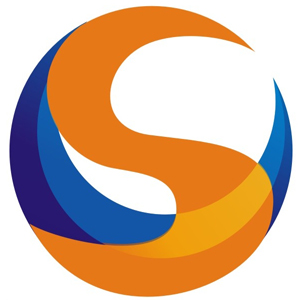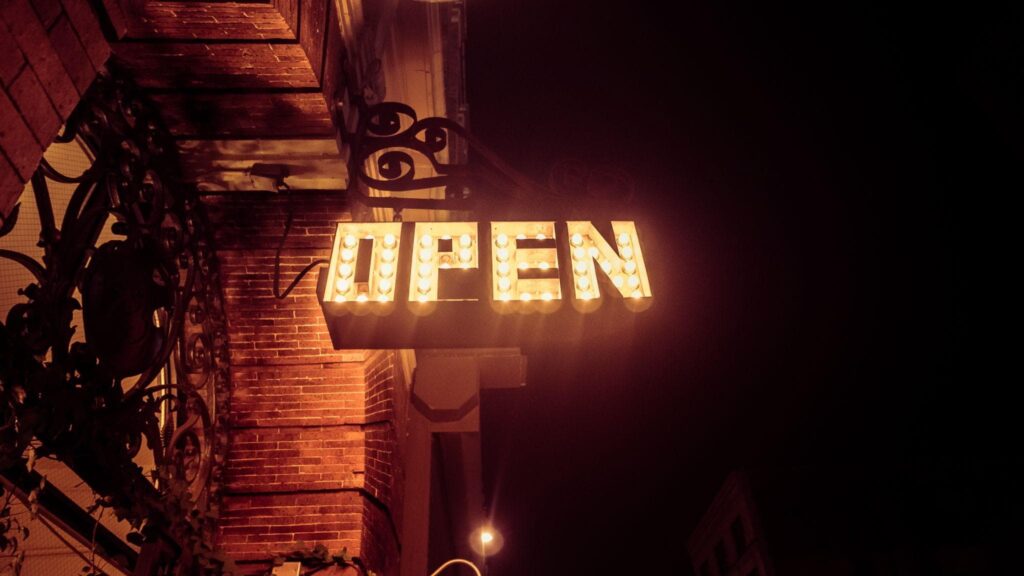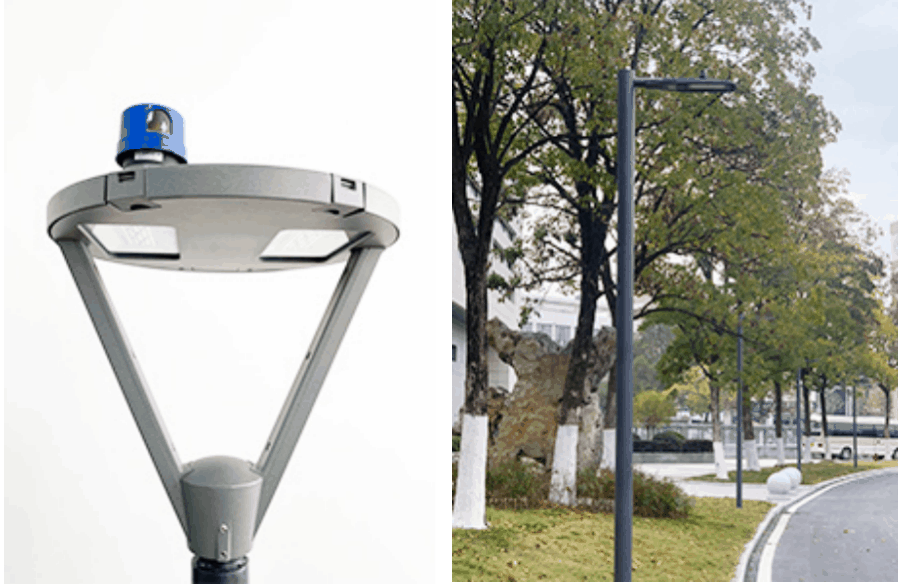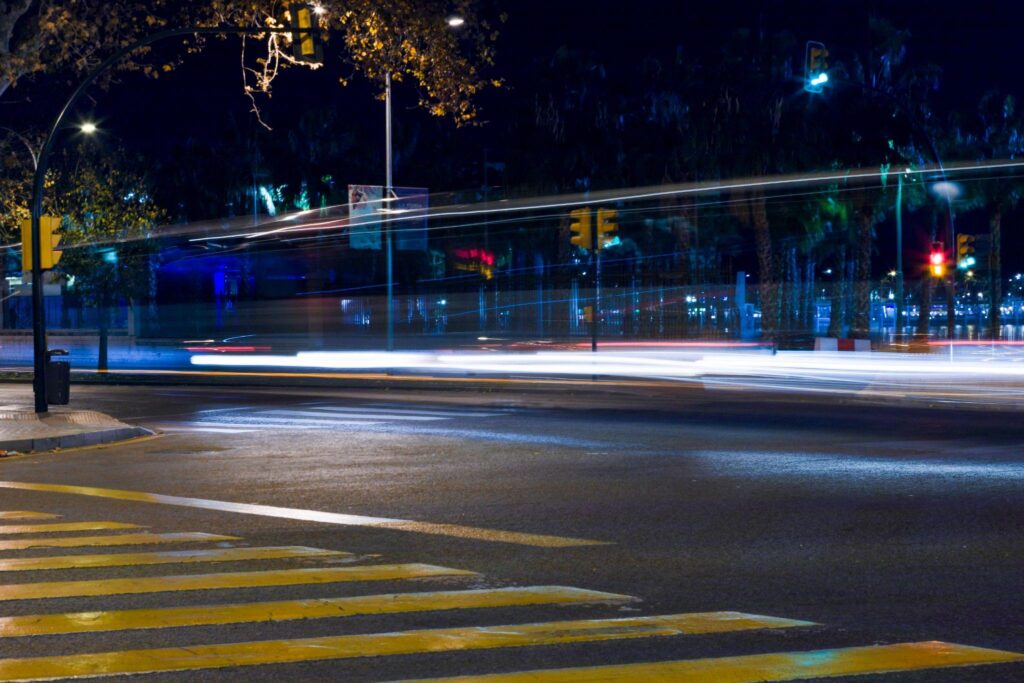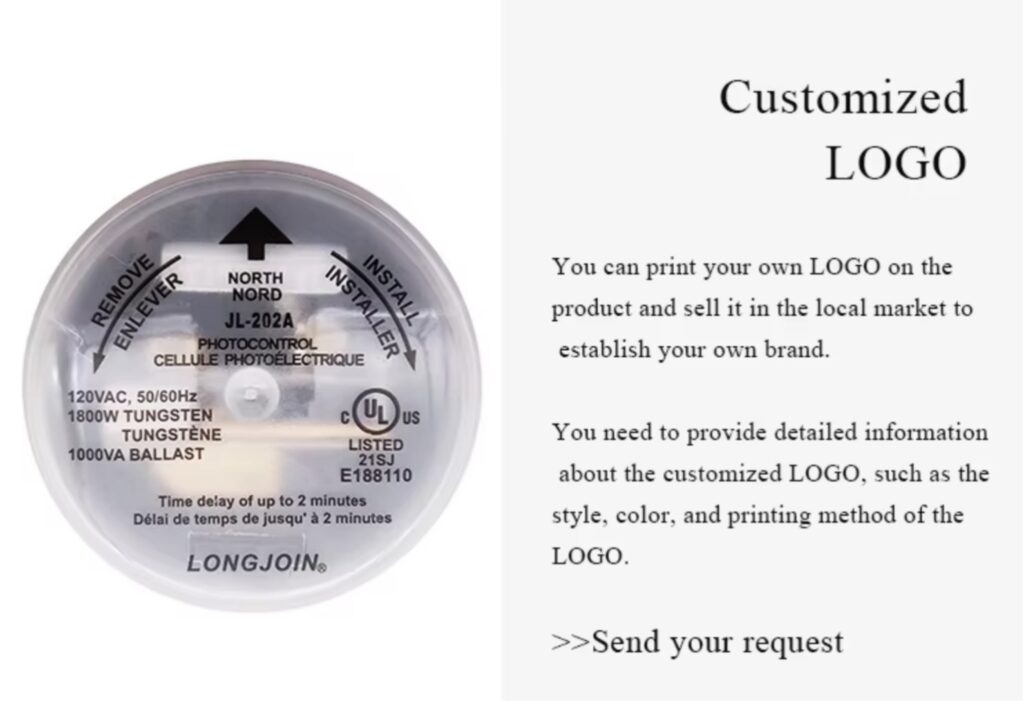Schema
- Introduzione
- In che modo l'ambiente di installazione influenza il tuo Regolatore di luce Selezione?
- Come adattare il controller luci alle specifiche elettriche del tuo sistema?
- Quali caratteristiche di controllo chiave dovresti cercare in un Interruttore sensore luce Per garantire funzionalità anti-fulmine e anti-interferenza?
- Cosa dovresti considerare quando scegli un controller di luci intelligente e controllabile a distanza?
- Perché la certificazione e la conformità agli standard sono fondamentali nella scelta del controller di illuminazione?
- Parole finali
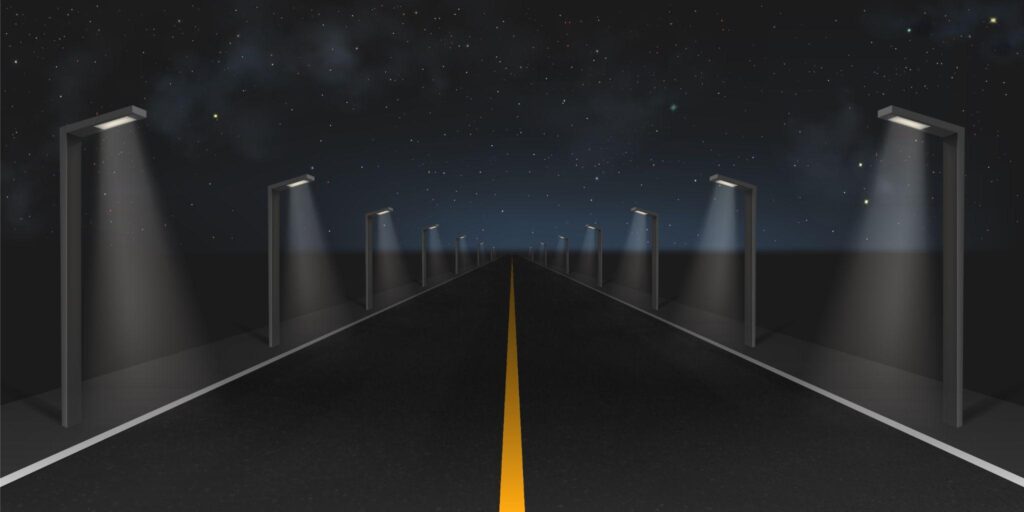
Scegliere l'outdoor giusto regolatore di illuminazione può essere complicato, soprattutto quando i requisiti del cliente sono vaghi o indefiniti. Senza specifiche chiare, come si fa a decidere quale modello consigliare? Sbagliare può portare a scarse prestazioni o guasti prematuri. Ma fare le cose per bene significa strade più sicure, migliore efficienza energetica e meno interventi di manutenzione.
Shanghai Longjoin Electronics Co., Ltd. risolve questo stesso problema da anni. In questa guida, vi illustreremo l'approccio pratico e professionale di Longjoin per fare scelte intelligenti e consapevoli, anche quando mancano i dettagli.
In che modo l'ambiente di installazione influenza il tuo Regolatore di luce Selezione?
Prima di raccomandare un fotocellula per luce esterna, sapere dove e in quali condizioni verrà utilizzato. L'ambiente ne determina la durata e la longevità.
Luogo di installazione
L'illuminazione stradale richiede controller progettati per resistere a temperature estreme. Ecco come scegliere i sensori in base alla propria posizione:
- Nelle zone costiere o soggette a inondazioni, utilizzare dispositivi classificati IP65–IP66 o superiore. IP67 è ancora migliore per la protezione contro l'immersione temporanea in acqua.
- Nelle zone ad alto impatto, come autostrade o parchi giochi, scegli fotosensori con forte resistenza agli urti. Cerca Classificazioni IK07–IK10In questo modo il dispositivo può resistere a colpi, impatti o detriti volanti.
- Per l'illuminazione di giardini o parchi, potrebbero essere sufficienti gradi di protezione inferiori. In genere, IP54–IP65 è la scelta migliore. Questo offre un buon equilibrio tra protezione e design, mantenendo al contempo i costi di sistema sotto controllo.
Condizioni ambientali
All'aperto regolatori di illuminazione stradale deve adattarsi al clima del sito. Le aree fredde richiedono una tolleranza fino a -40 °C, le regioni calde fino a +40 °C, seguendo specifiche come quelle in di Calgary Linee guida per i LED. Inoltre, le zone ad alta umidità, come quelle soggette a inondazioni, devono garantire una protezione completa da polvere e immersione.
Inoltre, ecco una tabella che mostra le specifiche consigliate per le fotocellule luminose in base agli scenari di installazione.
| Scenario di installazione | Grado di protezione IP consigliato | Valutazione IK suggerita | Resistenza ai raggi UV | Materiale preferito per l'alloggiamento |
| Illuminazione stradale urbana | IP65–IP67 | IK08+ | Alto | Policarbonato stabilizzato ai raggi UV |
| Strade costiere | IP66+ | IK10 | Molto alto | Alluminio di grado marino |
| Aree da giardino e paesaggistiche | IP54–IP65 | IK07 | Medio | Miscela decorativa PC/ABS |
| Illuminazione stradale | IP66+ | IK08–IK10 | Alto | Lega di alluminio pressofuso |
Come adattare il controller luci alle specifiche elettriche del tuo sistema?
Le specifiche elettriche corrispondenti garantiscono la fotosensori Lavora in modo sicuro e affidabile con il tuo sistema di illuminazione. Ecco come fare:
Tensione di esercizio
Per prima cosa controlla la tensione operativa del tuo sistema. Prese fotocontrollate sono disponibili in gamme standard come:
- 120 Volt
- 220–240 V
- 277–480 V.
Se la tensione di ingresso del controller non corrisponde a quella del sistema, potrebbe guastarsi o danneggiarsi. Inoltre, si consigliano sensori con tolleranza di tensione, come ±10%, per gestire le oscillazioni di tensione.
Nota: Per installazioni a bassa tensione come l'illuminazione paesaggistica, utilizzare fotocellule che supportino 12–24 V CC o CA.
Tipo di carico e potenza
Conoscere il tipo e la potenza del carico di illuminazione. I LED si comportano in modo diverso dalle lampade al sodio ad alta pressione all'avvio e durante il funzionamento.
Scegli un interruttore con sensore di luminosità con una corrente nominale di almeno 20% superiore al carico totale. Questo previene sovraccarichi, soprattutto durante la fase di spunto. Controlla inoltre la potenza e il tipo di carico indicati sul controller. Assicurati che corrispondano alle specifiche della tua lampada. La tabella seguente illustra la matrice di compatibilità della tensione per regione.
| Regione | Tensione di alimentazione comune | Tensione del controller compatibile | Frequenza |
| America del Nord | 120 V / 277 V | 105–305 V | 60 Hz |
| Europa | 220–240 V | 180–305 V | 50 Hz |
| Medio Oriente | 230 V | 200–305 V | 50 Hz |
| Asia-Pacifico | 220–240 V | 180–305 V | 50/60 Hz |
Quali caratteristiche di controllo chiave dovresti cercare in un Interruttore sensore luce Per garantire funzionalità anti-fulmine e anti-interferenza?

Proteggere controllori fotografici dalle sovratensioni è fondamentale. Garantisce stabilità e sicurezza a lungo termine nelle installazioni esterne.
Livello di protezione contro le sovratensioni
Nelle aree soggette a fulmini, è consigliabile optare per controller con una solida protezione contro le sovratensioni. Gli standard di settore come ANSI C136.2-2018 raccomandano:
- Tipico (6 kV/3 kA) per l'illuminazione di aree standard
- Potenziato (10 kV/5 kA) per parcheggi o gallerie
- Estremo (20 kV/10 kA) per stadi o aeroporti
Ad esempio, le serie JL-207/JL-217 di Shanghai Longjoin includono funzionalità di smorzamento delle sovratensioni, ideali per l'illuminazione stradale intelligente. Questi prodotti sono inoltre dotati di protezione IP66, adatti per luoghi umidi ed esposti.
Resistenza alle interferenze elettromagnetiche
EMI I driver LED o i dispositivi vicini possono innescare false commutazioni. Per evitare questo problema, è consigliabile scegliere controller progettati con un'adeguata schermatura.
Cercate alloggiamenti schermati e con messa a terra e filtri di linea integrati. Questi aiutano a ridurre le interferenze a radiofrequenza (RFI). Anche le sfere di ferrite o i filtri EMI sono utili. Bloccano il rumore ad alta frequenza in ambienti difficili.
I produttori affidabili includono queste protezioni nei loro interruttori della luce a fotocellulaCiò aumenta l'affidabilità, soprattutto nelle aree con segnali wireless o forti rumori industriali.
Cosa dovresti considerare quando scegli un controller di luci intelligente e controllabile a distanza?
Il controllo intelligente è ormai essenziale nell'illuminazione moderna. Permette l'accesso remoto, migliora l'efficienza e prolunga la durata del sistema.
Protocollo di comunicazione
Per il monitoraggio remoto, scegli controller con protocolli IoT affidabili.
- ZigBee è un sistema mesh a basso consumo energetico. Funziona bene in reti di grandi dimensioni con esigenze di copertura a corto raggio.
- LoRaWAN Offre una copertura a lungo raggio. È ideale per ampie zone esterne. Supporta oscuramento, allarmi e raccolta dati tramite gateway.
- NB-IoT Utilizza le reti cellulari esistenti. Offre un'ottima copertura e un basso consumo energetico, ideale per le aree rurali o remote.
Il JL-245C di Longjoin supporta ZigBee, LoRa e NB-IoT. Si connette anche tramite gateway LTE o Wi-Fi. Questa flessibilità lo rende adatto sia per installazioni locali che basate su cloud.
Compatibilità
Sensori fotoelettrici devono collaborare affinché l'illuminazione intelligente sia efficace. Verifica il supporto di standard come Zhaga Libro‑18 o ANSI C136.41/NEMA. Inoltre, assicuratevi che il CMS sia compatibile con la certificazione TALQ per evitare vincoli con un singolo fornitore.
La serie JL-7 di Longjoin supporta diversi tipi di oscuramento: 0-10 V, DALIe D4i. È compatibile con socket Zhaga e ha un grado di protezione IP66. Queste caratteristiche lo rendono facile da usare con piattaforme di terze parti. Verificare sempre la compatibilità del protocollo e del socket prima dell'installazione.
Perché la certificazione e la conformità agli standard sono fondamentali nella scelta del controller di illuminazione?

Le certificazioni attestano la sicurezza, la qualità e la compatibilità plug-and-play di un controller. Il rispetto degli standard globali garantisce affidabilità e facilità di integrazione.
Certificazione internazionale
Scegliete controller conformi agli standard internazionali. Questo indica la conformità a rigorosi test di sicurezza, compatibilità elettromagnetica (EMC) e prestazioni. Ad esempio, le fotocellule certificate UL vengono sottoposte a prove di resistenza all'accensione e di resistenza al ciclo per oltre 6.000 operazioni a pieno carico.
La certificazione CE garantisce la conformità ai requisiti europei, in particolare alla compatibilità elettromagnetica.
I controller Longjoin sono certificati UL, CE, RoHS e FCC, a garanzia della loro accettazione sul mercato globale. Di seguito è riportata una tabella che indica ulteriormente la guida di riferimento alle certificazioni per i controller di illuminazione.
| Certificazione | Regione | Area di interesse | Richiesto per |
| UL | America del Nord | Specifiche di sicurezza ed elettriche | Progetti di gara comunale |
| CE | Europa | EMC, sicurezza, RoHS | Conformità generale UE |
| Commissione federale delle comunicazioni | U.S.A. | Emissioni di radiofrequenza | Controllori intelligenti/IoT |
| ANSI C136.10 | Globale | Presa e presa adatte | Progettazione interoperabile |
Conformità agli standard
Assicurarsi che il controller sia conforme allo standard ANSI C136.10, che definisce le specifiche elettriche e dimensionali per i fotocomandi twist-lock e le relative prese, consentendo l'intercambiabilità degli apparecchi. I controller conformi allo standard ANSI C136.41 supportano il controllo dimmer esterno, consentendo un'integrazione intelligente.
Per le prese, scegli unità come TE Lumawise certificate ANSI C136.10 con tenuta IP66 ed omologazione UL per garantire robustezza e prestazioni ottimali.
Parole finali
Scegliere il giusto controller per l'illuminazione esterna senza specifiche chiare può essere difficile. Ma con un approccio strutturato, diventa una decisione sicura. Per le affidabili fotocellule LongJoin, Chi-Swear offre supporto esperto e prodotti genuini di cui ti puoi fidare.
Link esterni
- https://en.wikipedia.org/wiki/IP_code
- https://www.polycase.com/techtalk/learningcenter/ik-ratings
- https://www.calgary.ca/content/dam/www/pda/pd/documents/centre-city/centre-city-policies/centre-city-illumination-guidelines.pdf
- https://en.wikipedia.org/wiki/Electromagnetic_interference
- https://en.wikipedia.org/wiki/Zigbee
- https://en.wikipedia.org/wiki/LoRa
- https://en.wikipedia.org/wiki/Narrowband_IoT
- https://www.zhagastandard.org/books/overview/smart-interface-between-outdoor-luminaires-and-sensing-communication-modules-18.html
- https://en.wikipedia.org/wiki/0-10_V_lighting_control
- https://www.dali-alliance.org/
- https://www.ul.com/solutions
- https://single-market-economy.ec.europa.eu/single-market/goods/ce-marking_en
- https://en.wikipedia.org/wiki/FCC_mark
